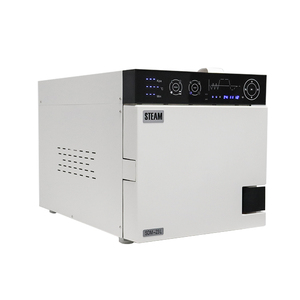Introduction to Sterilization Indicator Labels
Sterilization indicator labels play a critical role in ensuring the effectiveness of sterilization processes in various industries, particularly in healthcare and laboratories. These labels act as visual indicators that help confirm whether a sterilization cycle has been successfully completed. Utilizing a combination of chemical indicators, these labels change color or display specific markings after exposure to certain conditions, providing immediate feedback to users about the status of the sterilization process.
Types of Sterilization Indicator Labels
There are several types of sterilization indicator labels available, each designed for specific sterilization methods, including:
- Steam Sterilization Indicators: Designed to confirm the efficacy of steam-based sterilization methods, commonly used in autoclaves.
- Ethylene Oxide (EtO) Indicators: Used for sterilization processes that utilize ethylene oxide gas, suitable for heat-sensitive instruments.
- Dry Heat Indicators: Indicate successful sterilization through dry heat processes, which are effective for certain materials.
- Plasma Gas Sterilization Indicators: Specifically developed to verify effectiveness in low-temperature plasma sterilization cycles.
Applications of Sterilization Indicator Labels
Sterilization indicator labels are employed across various sectors, including:
- Healthcare Facilities: Essential in hospitals and clinics to ensure that surgical instruments and medical devices are sterile before use.
- Laboratories: Used in research settings to validate the sterilization of lab equipment and materials.
- Dental Practices: Healthcare professionals use these labels to confirm that dental instruments are safe for patient use.
- Veterinary Clinics: Veterinary practices utilize sterilization indicators to maintain hygiene and safety for animals.
Advantages of Using Sterilization Indicator Labels
Integrating sterilization indicator labels into sterilization protocols offers a multitude of benefits, including:
- Immediate Verification: Their quick visual feedback allows for prompt evaluation of sterilization success, reducing the risk of errors.
- Enhanced Safety: By ensuring that instruments have been properly sterilized, these labels help mitigate the risk of infections.
- Compliance with Standards: Many healthcare regulations require the use of indicators, and these labels assist in meeting compliance.
- Cost-Effective: They provide an economical solution to ensure sterilization, preventing costly mistakes associated with infection control.

































































































































































































































